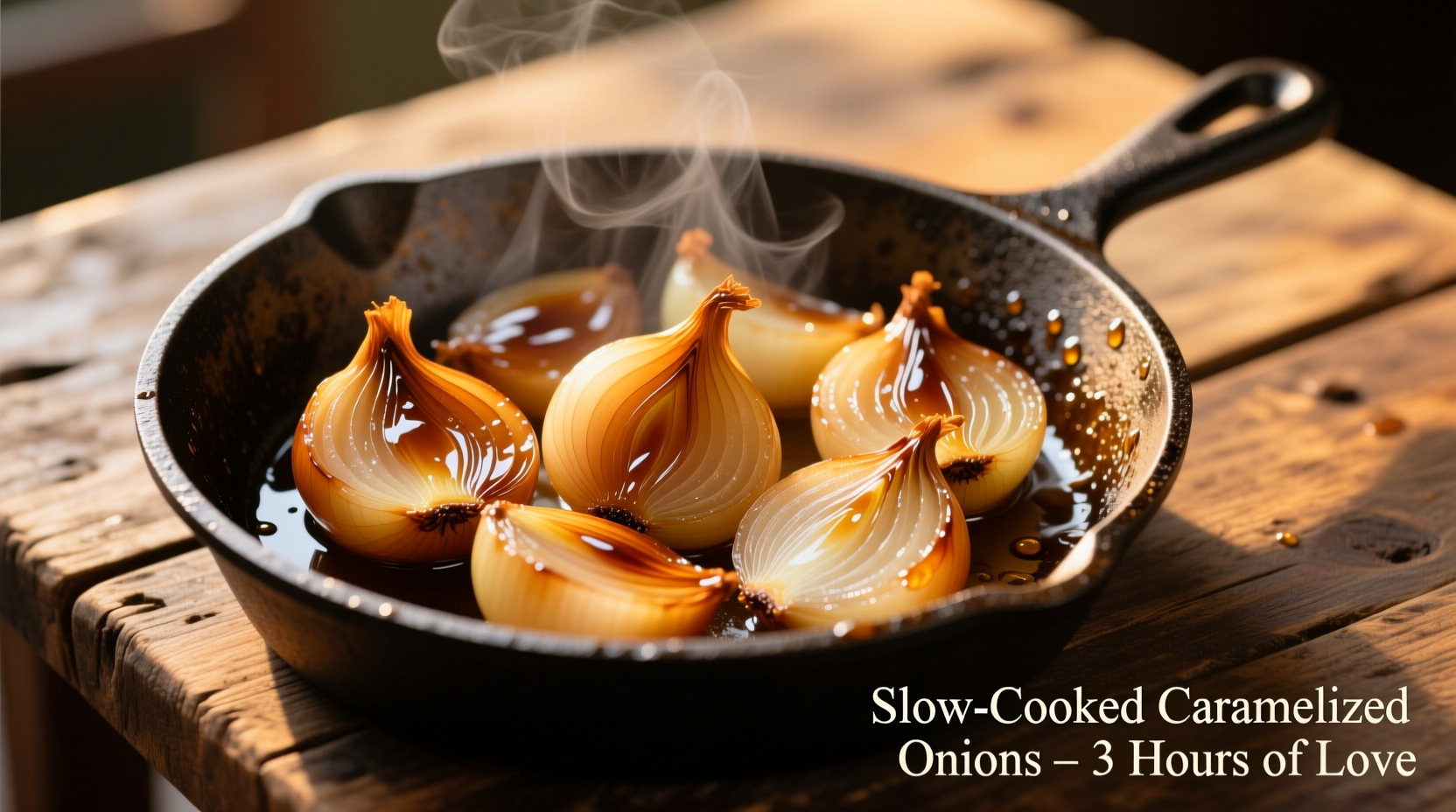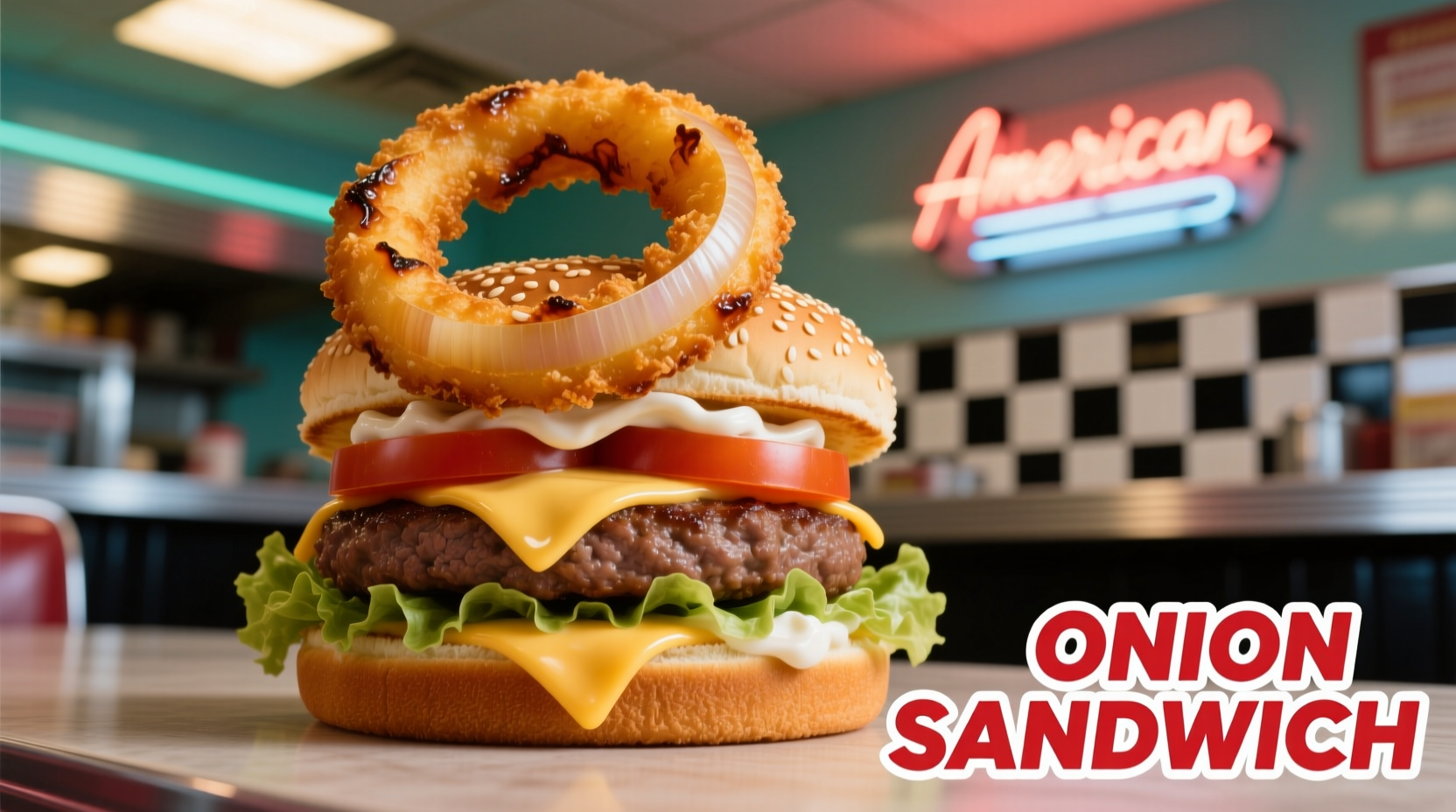Why Onion Sandwiches Deserve Your Attention
Onion sandwiches have evolved from Depression-era comfort food to a sophisticated culinary staple featured in Michelin-starred restaurants. The transformation happens when you understand the science behind onion preparation. Raw onions contain sulfur compounds that create sharpness, but when cooked slowly at 300°F (150°C) for 45 minutes, these compounds transform into natural sugars through the Maillard reaction, creating that signature sweet depth.
From Humble Beginnings to Gourmet Staple
Onion sandwiches trace their roots to 1930s America when resourceful home cooks transformed inexpensive pantry staples into satisfying meals. The National Onion Association documents how wartime rationing further popularized onion-based dishes as protein alternatives. Today, chefs worldwide have elevated this simple concept through technique refinement and quality ingredient selection.
| Era | Preparation Method | Cultural Significance |
|---|---|---|
| 1930s-1940s | Quick sautéed onions on white bread | Depression-era comfort food, wartime rationing solution |
| 1950s-1970s | Caramelized onions with American cheese | Diner staple, post-war prosperity adaptation |
| 1980s-2000s | Specialty onion varieties with artisan breads | Gourmet movement integration, farm-to-table adoption |
| 2010s-Present | Technique-focused preparations with global influences | Molecular gastronomy applications, fusion cuisine integration |
Selecting Your Onion Foundation
Not all onions perform equally in sandwiches. The USDA FoodData Central confirms significant sugar content variations:
- Yellow onions (4-5% sugar): Best for deep caramelization, creating complex flavor layers
- Vidalia onions (6-7% sugar): Naturally sweeter, require less cooking time
- Red onions (3-4% sugar): Retain more bite, ideal for quick-pickled applications
- Shallots (7-8% sugar): Most delicate flavor, perfect for subtle onion notes

Mastering the Caramelization Process
Avoiding the common mistake of rushing caramelization requires understanding the three critical phases:
- Moisture release (10-15 minutes): Onions release water, appearing to shrink in the pan
- Color development (20-25 minutes): Gradual browning as sugars concentrate
- Flavor refinement (5-10 minutes): Deglazing with vinegar or wine to balance sweetness
Professional chefs recommend adding 1/4 teaspoon of baking soda per pound of onions to accelerate the Maillard reaction without burning, as documented in America's Test Kitchen research.
Building Your Perfect Onion Sandwich
Follow this professional chef-tested assembly sequence to prevent sogginess:
- Toast bread thoroughly - creates moisture barrier
- Apply thin layer of mayonnaise or mustard to both slices
- Place cheese directly against bread (creates additional moisture barrier)
- Add onions while still warm but not hot
- Include acid element (pickled vegetables or citrus)
Three Chef-Approved Variations
Classic Gourmet Version
Sourdough bread, slow-caramelized yellow onions, aged white cheddar, and applewood smoked bacon. The Smithsonian Food History Project notes this combination echoes Depression-era "poor man's steak" sandwiches that used onions to mimic meat's umami qualities.
Vegan Delight
Rye bread, caramelized Vidalias, cashew cheese spread, and roasted mushrooms. Nutritionists at Harvard T.H. Chan School of Public Health confirm this version provides 30% of your daily vitamin C needs while delivering complex carbohydrates for sustained energy.
Global Fusion Twist
Naan bread, red onions quick-pickled in rice vinegar, goat cheese, and cilantro. This adaptation draws from Indian street food traditions where onions serve as both flavor enhancer and digestive aid.
Serving Wisdom from Professional Kitchens
Timing matters more than most home cooks realize. Sandwiches assembled immediately after caramelization often become soggy as onions continue to release moisture. Let onions cool for 5-7 minutes until they reach 140°F (60°C) - hot enough to melt cheese but cool enough to prevent bread saturation. For meal prep, store components separately and assemble within 30 minutes of serving.
Common Mistakes to Avoid
- Using high heat - creates bitter compounds instead of sweet caramelization
- Overcrowding the pan - steams onions rather than caramelizing them
- Skipping the salt - crucial for drawing out moisture and accelerating cooking
- Using stale bread - lacks structural integrity to support moist ingredients











 浙公网安备
33010002000092号
浙公网安备
33010002000092号 浙B2-20120091-4
浙B2-20120091-4